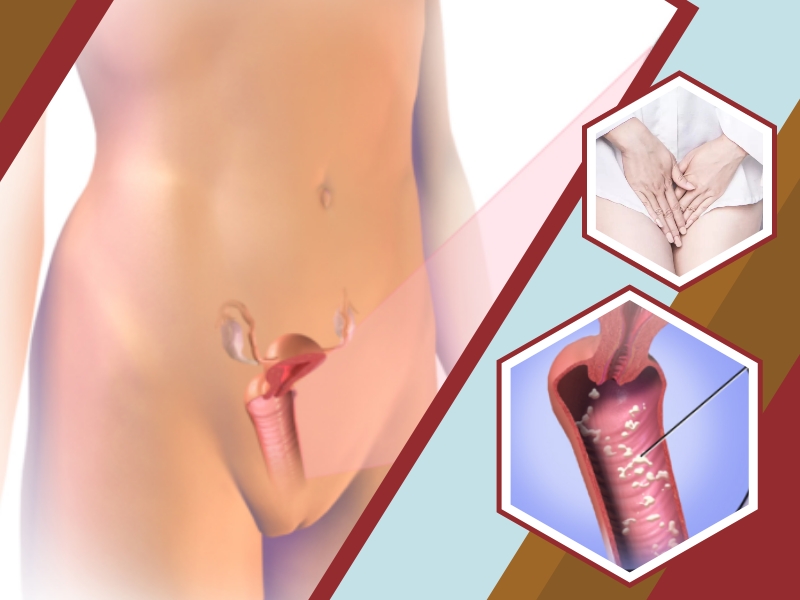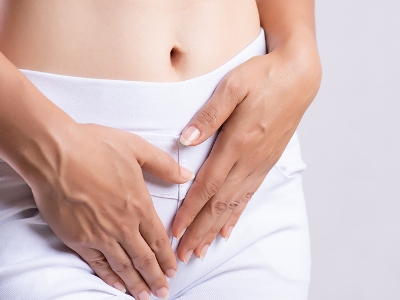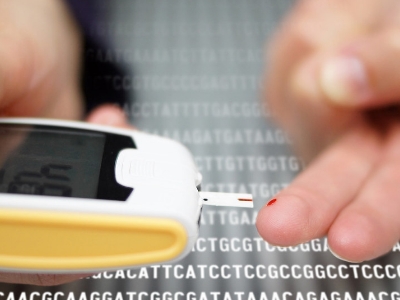Yeast Infection

Yeast is a fungus usually found on your skin and in your digestive system. If you’re a woman, you also have yeast in your vaginal area. When too much yeast grows on your skin or other areas, it can cause an infection. This infection is also called candidiasis.

What Are The Symptoms Of Yeast Infection?
Discomfort and itchiness are the main symptoms of yeast infection. You may also experience any of the following:
- A thick, white, odorless discharge, similar to cottage cheese
- Pain during sex
- Pain or burning when you pee
- Burning, redness, and swelling of the vagina and the vulva
See your doctor if you think you have a yeast infection before treating yourself. The symptoms of yeast infections are similar to other, more serious conditions, including sexually transmitted infections and bacterial vaginosis. An accurate diagnosis is important so you can get the best treatment.
What Causes Yeast Infection?
Yeast infection occurs when the healthy yeast that normally lives in your vagina grows out of control. It often leads to itching and other irritating symptoms. The medical name for this infection is candidiasis because they’re usually caused by a type of yeast called candida.

If your vaginal chemistry gets thrown off balance, the normal yeast that lives in your vagina can grow too much and might lead to an infection. Some things that can cause changes in your vagina’s environment are:
- Antibiotics, cortisone, and other drugs
- A natural reaction to another person’s genital chemistry
- A weak immune system
- Diabetes
- Normal changes in hormone levels
- Pregnancy
How to Diagnose Yeast Infection?
Your doctor may assess you on certain things to diagnose a yeast infection. It includes:
- Ask questions about your medical history (gathering information about past vaginal infections or sexually transmitted infections).
- Perform a pelvic exam (examines your external genitals for signs of infection).
- Test vaginal secretions (sample of vaginal fluid for testing to determine the type of fungus causing the yeast infection).
How to Prevent Yeast Infection?
To lessen your risk of yeast infections, wear underwear that has a cotton crotch and does not fit too tightly. It might also help to avoid:
- Tight-fitting pantyhose
- Scented feminine products
- Unnecessary antibiotic use
- Hot tubs and very hot baths
- Douching that removes some of the normal bacteria in the vagina that protect you from infection
- Staying in wet clothes, such as swimsuits and workout attire, for long periods
Treatment and Medication for Yeast Infection
Over-the-counter antifungal creams, ointments, or suppositories with Clotrimazole or Miconazole are the most common ways to treat yeast infections.
Your doctor may also choose to prescribe an oral antifungal medication, such as:
- Fluconazole (Diflucan)
- Ibrexafungerp (Brexafemme)
You need to know that some yeast infection medications weaken condoms or diaphragms. That makes it easier for you to get pregnant or contract a sexually transmitted disease. Be sure to read instructions and warnings before using.



